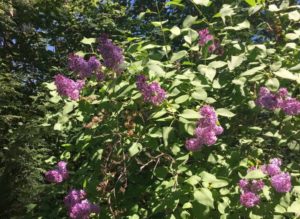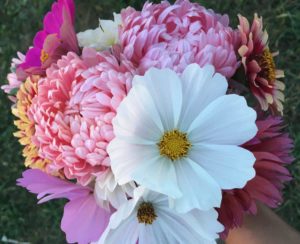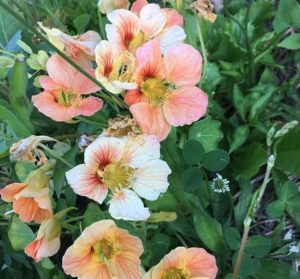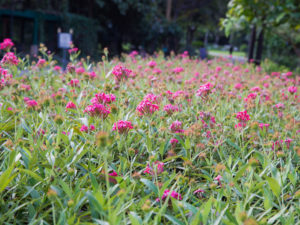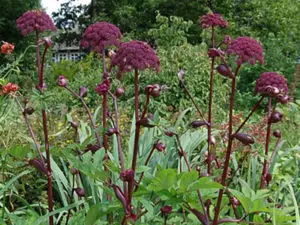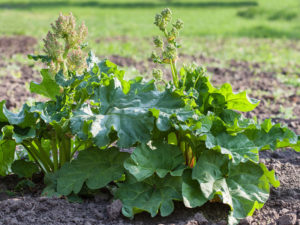Hibiscus trees will provide you with a breathtaking, bold garden all year round.
The hibiscus tree has a beautiful display of massive blooms in a wide range of bright colors like oranges, yellows, pinks, purples, reds, and whites.
These trees belong to the mallow family, Malvaceae, and are native to South-central and Southeast China (hence, it is also commonly called China Rose) and Asia.
They are well-known plants worldwide that are also known as China rose, Bluebird, Rose of Sharon, Black dragon, Hawaiian hibiscus, Mango liqueur, Secret heart, and Aphrodite.
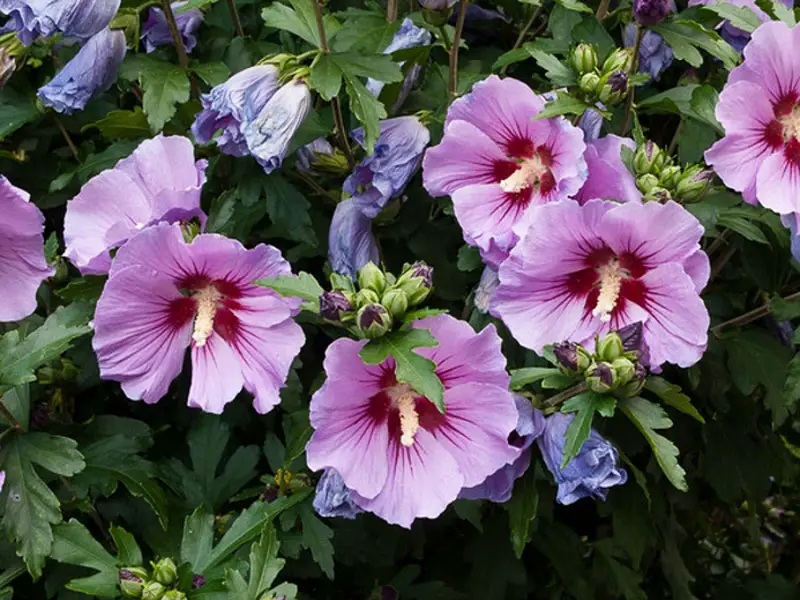
There are two main groups of hibiscus trees, tropical and hardy, that are classified depending on their planting zone.
The weather conditions determine their hardiness and size when fully are developed.
Hibiscus trees will need protection from extreme weather conditions, so be careful not to expose them to extreme heat or cold.
Plants growing in a tropical climate will produce flowers all year round. Trees growing in cooler climates can expect their plant to bloom in midsummer to earlier fall.
Besides ornamental purposes, hibiscus flowers have other uses like the preparation of infusions, teas, cold remedies, and beauty treatments.
| Scientific Name | Hibiscus syriacus and Hibiscus rosa-sinensis |
| Common Names | China rose, Blue bird, Rose of Sharon, Black dragon, Hawaiian hibiscus, Mango liqueur, Secret heart, Aphrodite. |
| Hardiness | It depends on the area |
| Indoor or Outdoor Plant? | Indoor and Outdoor according to the type of plant. |
| Sun Exposure | Full sun position or light partial shade. |
| Water | Minimum 1inch (2.5 cm) of water every week. Increase watering when flowering or during summer. |
| Size | Hibiscus trees reach up to 15 feet (4.5 meters) tall, depending on the type of plant. |
| Soil Type | Moist but well-drained soil. |
| Soil pH | Neutral pH to slightly acidic. The ideal soil pH should be from 6.5 and below 7. |
| Flower | Massive, breathtaking flowers display in a wide range of colors: pink, purple, yellow, orange, and white blooms from midsummer to fall. |
| Growing Difficulty Level | Fairly easy and fast-growing. |
Hibiscus Tree Appearance and Characteristics
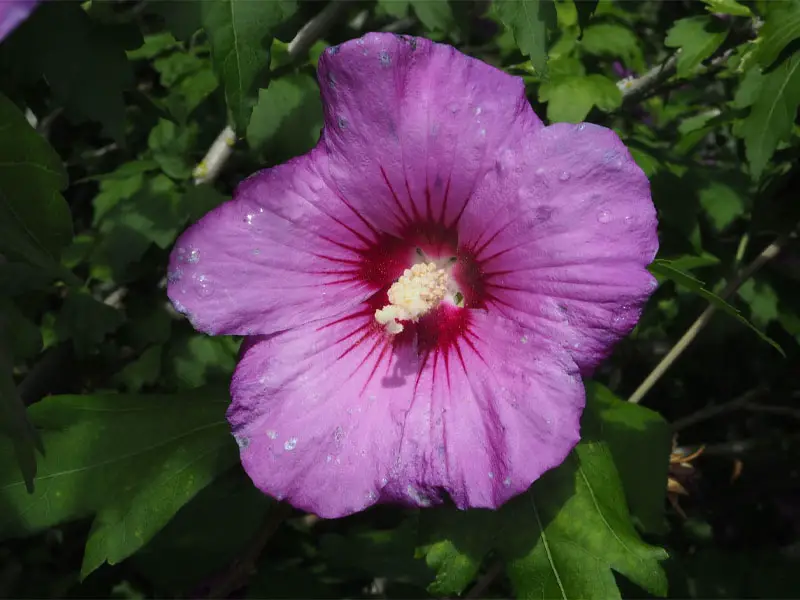
Hibiscus trees are evergreen shrubs when planted in tropical areas or perennial hardy plants in cooler climates.
Plants grow impressive-sized flowers that can measure up to 12” (30 cm) diameter, with a trumpet-like shape.
The flowers commonly have a long stamen sticking out from the center.
The hibiscus plants offer a wide range display of bright colors like oranges, yellows, pinks, purples, reds, and whites.
The leaves are dark green, oval-shaped, and dented look.
There are two main groups of hibiscus trees: tropical and hardy.
The tropical hibiscus is known for its incredible, bright color blooms from spring to fall.
Although the production of flowers is endless, they only last between 2 to 3 days.
Tropical hibiscus trees thrive in warmer climates (10C to 22C) and in full sunlight but not in excessive heat.
Hardy hibiscus trees differ from the tropical ones that tolerate temperatures as low as -20°F (-29°C).
These plants die back in the winter but grow back in spring.
The hardy hibiscus plants are hybrid plants with woody stems.
Their leaves are not as shiny as their sister plant, but the flowers are still large.
Their flowers are often called dinner plate hibiscus.
Although these plants bloom less often, their flowers last up to two weeks. Hardy hibiscus blooms display happens in late summer.
Hibiscus plants need protection from extremes weather conditions.
Intensive direct sunlight or constant shade affects the foliage and compromises the production of flower buds.
Excessive and prolonged frost will kill the plant.
Hibiscus can reach a size of 15feet (4.5m) tall, depending on the type of tree.
It takes up to three years for hibiscus to fully mature and grows to such a size.
Hibiscus Tree Growing Guide
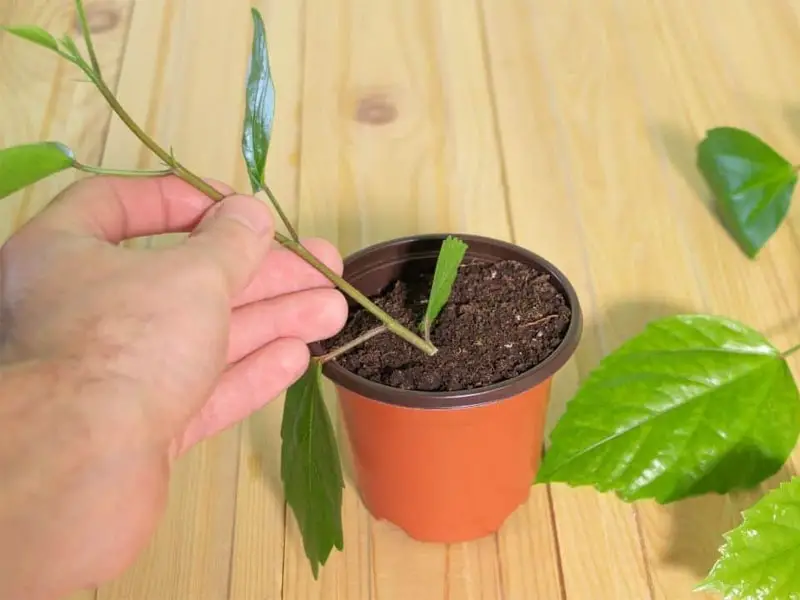
Plant hibiscus from spring to fall.
Some of them can only thrive in a tropical climate, so be mindful of the variation of hibiscus you choose.
Some species have a high capacity to adapt to the zone where they have been planted, making them a favorite for gardeners.
If you plan on planting more than one shrub, make sure you leave enough space between plants (about 2 to 3 feet).
This is important so the roots are not competing for nutrients and space.
Many people decide to grow hibiscus in containers providing optimal care if the weather conditions are not ideal for the type of plant.
When growing in containers, hibiscus plants prefer to be a bit crowded and root-bound. However, good soil drainage is required whichever way you plant them.
Top Tip: Make sure your hibiscus has plenty of sunlight, water, and soil with great drainage.
Water
Hibiscus trees are very thirsty plants. They require plenty of water when blooming and during summer, especially after a long hot day.
The amount of water a hibiscus requires depends on the amount of sun and temperatures the plant is exposed to.
If the weather is blazing hot, increase the watering frequency as often as twice a day.
However, if the leaves start turning yellow, this could be a sign that your plant has gotten too much water.
These plants need a minimum of 1 inch (2.5 cm) of water every week.
Collect rainwater if possible as they respond very well to it, but don’t worry if you can’t do this as water from the pipes is also good.
Make sure the soil is kept evenly moist.
Tip: Decrease watering during winter and only water if the soil feels dry to the touch.
Light
Hibiscus trees are sun-worshiping plants.
For optimal growth, hibiscus requires a minimum of 6 hours of full sun per day to keep them happy, but protection from unusually strong sunlight is vital.
Soil
Hibiscus trees won’t grow in wet, waterlogged soil.
These plants crave moist but well-drained soil.
The ideal pH level for growing hibiscus is between 6.5 and below 7, as it helps the trees absorb nutrients in the soil.
Fix the acidity pH in the soil by adding powdered limestone or lime found in any garden center.
Adding coffee grounds to the compost will be as sufficient and as successful too.
Use fertilizers every 15 days when the plant is flowering.
Some gardeners believe that adding Epsom salt to the compost will produce bushier trees and greener leaves.
Epsom salt contains magnesium and sulfurs that help the hibiscus absorb nitrogen and phosphorus from the soil.
Top Tip: If you are growing your hibiscus is in a pot, fertilize the soil by adding a slow-release or liquid fertilizer.
Temperature and Humidity
The ideal temperature for the hibiscus to bloom is between 60 to 90F (16 to 22C).
This plant cannot put up with temperatures below 32F, so make sure you take appropriate measures to keep it safe during cold weather.
If your hibiscus plant is growing indoors, the temperatures shouldn’t fall below 55F (12C), but be sure to keep it away from heaters as this can damage the plant.
Allowing your hibiscus to dry out could result in its flower buds dropping or affect its growth.
Humid weather conditions keep hibiscus plants in a good state. Mist their leaves daily if the air is dry.
Propagating and Pruning
Hibiscus trees are easy to propagate. Follow the instructions below if you want to propagate your tree:
- Remove a little cutting of the stem of the hibiscus shrub (about 12 cm), ideally with only 2 or 3 leaves on it, and leave it soaking in water overnight.
- Spring or early summer is the best time for planting your cutting for both tropical and hardy plants.
- Think of the best place to plant the tree. Keep in mind that hibiscus trees will grow up to 4.5 meters if they are planted directly in the soil. Potted plants will grow up to 3 meters tall.
- Next, prepare the soil with nutrients and fertilizers.
- Dig a hole 5cm deep. Put some pressure on the soil to secure the plant, to stop it from falling. Remember, it doesn’t have any roots yet, so use a stick to support and guide the plant as it grows.
- Water the new plant every 3 to 4 days.
Tip: Avoid propagating your hibiscus in fall or winter as the process takes longer.
The same method can be applied when planting tropical hibiscus, but take a few more cuttings to make sure the tree takes root.
The process is easier if you get the new plant from a nursery or garden center.
This is because their plants will have well-established roots.
Hibiscus trees can be grown from seeds too. Here is how:
- Use a sharp knife and make a small cut on the skin of the seed.
- Soak the cut seeds overnight in water.
- Place the seeds in the soil mix and lightly cover them with some more soil.
- Wait up to four weeks for the seeds to sprout and enjoy your new plant.
The best time to prune the hibiscus is in spring, starting by trimming any dead, old, damaged growths and low stems to give it shape.
Deadhead faded flowers as and when you see them to keep the plant looking aesthetic.
Avoid over-fertilizing as it will create lush dark green foliage at the expense of producing vibrant flowers.
Hibiscus trees often lose all their leaves right up until early spring, so don’t presume that your plant has died.
Keep it well-watered all year round, and you will soon see it coming back to life.
Advantages of Growing Hibiscus Trees
If you want to give a Mediterranean vibe to your garden, the hibiscus shrub is your next stop to a spectacular display of color.
Many experienced gardeners give the hibiscus a special place in their hearts because of its ability to adapt and fit into even the smallest gardens.
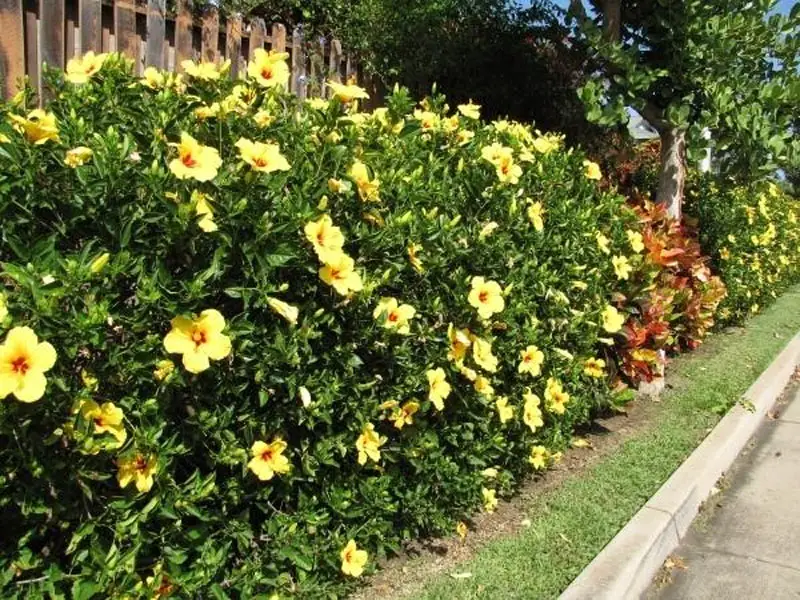
This is provided you have planted it in plenty of direct sunlight, keep it well protected from drought, and in well-drained soil.
When growing hardy, hibiscus flowers will emerge from late summer when the other plantations have faded, giving a second chance of prolonged color to your landscape.
Hibiscus plants attract a wide variety of pollinators such as bees, butterflies as well as hummingbirds.
Hibiscus Tree Pests, Diseases, and Problems
However, there are a few minimal checks you should perform to guarantee a healthy and full display. Here are some of the problems that your plant can run into:
Root Rot
This is usually caused by overwatering the plant. Root rot is a common problem that occurs when roots stay in soggy, puddle-like soil for too long.
Weeds
Killing the weeds in the soil bed will help the hibiscus thrive as it won’t need to compete for nutrients.
Leaf Spot
The tropical hibiscus variety is more prone to get affected by pests and diseases due to poor drainage or low air circulation. Browning leaves and leaf spots are a real issue for some plants.
Whitefly, Aphids, and Mealybugs
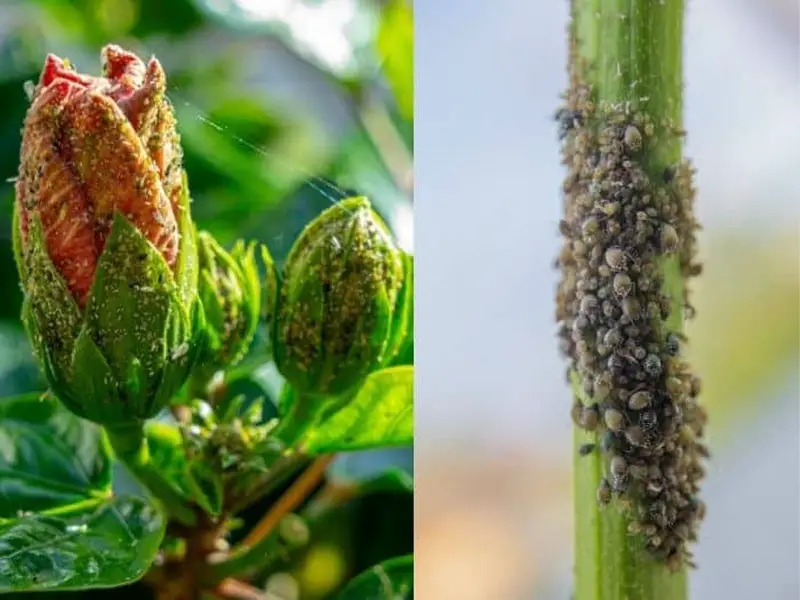
These insects are physically visible on and around the plant.
Treat the tree with insecticides once per week once the sun has set until you can’t see signs of infestation.
Hibiscus Tree Seeds
Get your quality seeds or plants from a trusted supplier. Check these out:


FAQs
Can you eat hibiscus flowers?
Not all hibiscus plants are edible.
It’s hard to establish which ones are good to eat due to the wide variety of hybrids.
However, most hibiscus flowers are great for tea (cold or hot) or used as a seasoning for desserts and salads.
Why my hibiscus plant is getting yellow leaves?
The main reasons for yellowing leaves are caused by stress due to drought, overwatering, lack of drainage, lack of nutrients, or too much phosphorus in the soil.
Tropical hibiscus turns yellow due to a sudden drop in temperature.
Why my hibiscus plant is dropping new buds?
The hibiscus plant drops its buds or doesn’t open them due to a change in temperature or because of dry air.
What are other uses of hibiscus plants apart from ornamental?
Although the hibiscus plant is popular in gardens, it has practical uses as a treatment for dandruff and sensitive skin.
It has a high content of vitamin C, making it ideal for the treatment of colds.


